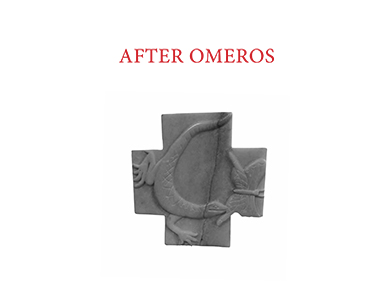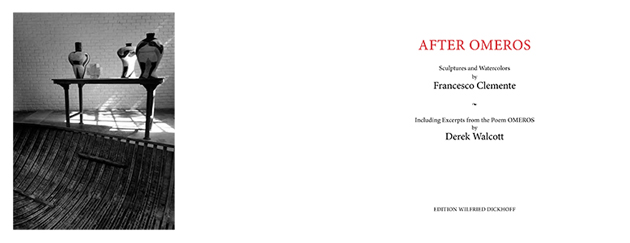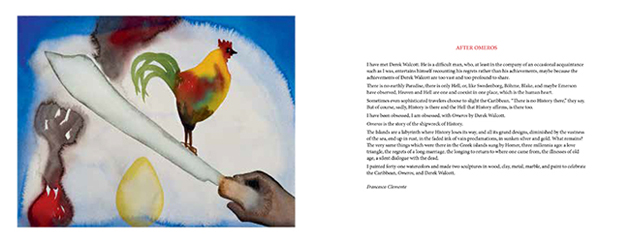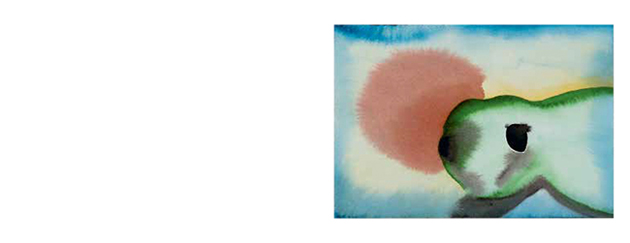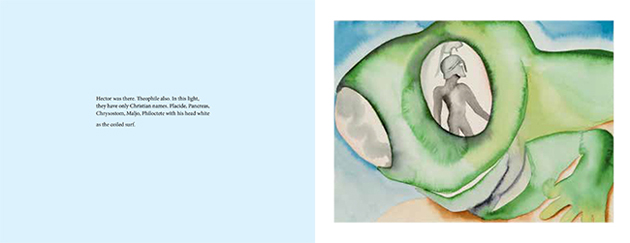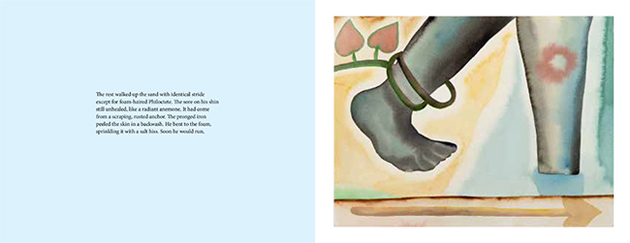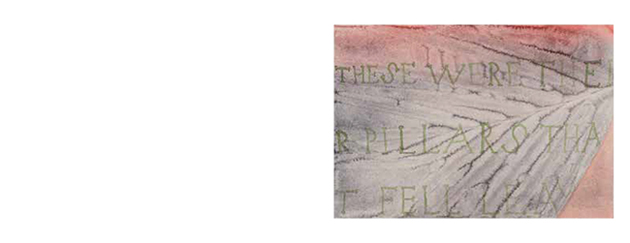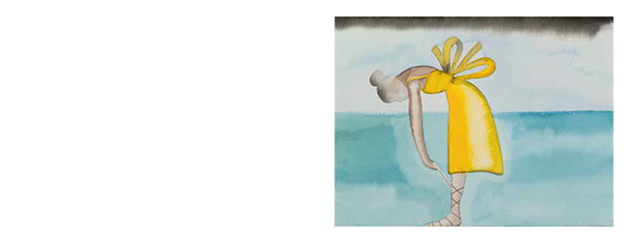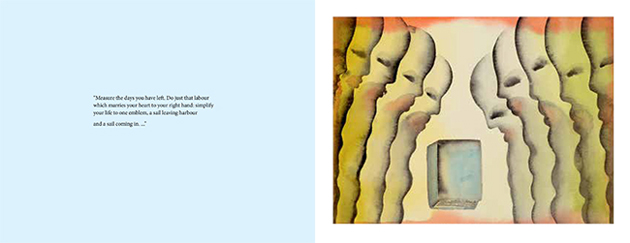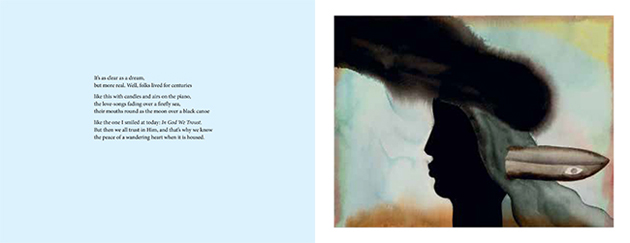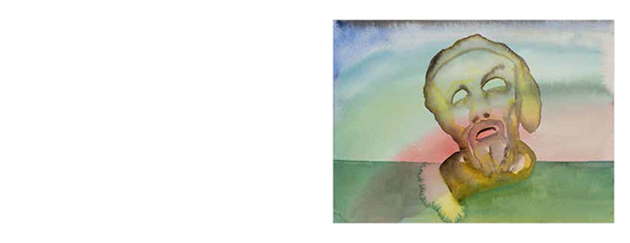41 watercolors and two installations' views by Francesco Clemente created after the poem Omeros by Derek Walcott—for which he received the Nobel Price—including excerpts from the poem.
I have met Derek Walcott. He is a difficult man, who, at least in the company of an occasional acquaintance such as I was, entertains himself recounting his regrets rather than his achievements, maybe because the achievements of Derek Walcott are too vast and too profound to share.
There is no earthly Paradise, there is only Hell, or, like Swedenborg, Böhme, Blake, and maybe Emerson have observed, Heaven and Hell are one and coexist in one place, which is the human heart.
Sometimes even sophisticated travelers choose to slight the Caribbean. “There is no History there,” they say. But of course, sadly, History is there and the Hell that History affirms, is there too.
I have been obsessed, I am obsessed, with Omeros by Derek Walcott.
Omeros is the story of the shipwreck of History.
The Islands are a labyrinth where History loses its way, and all its grand designs, diminished by the vastness of the sea, end up in rust, in the faded ink of vain proclamations, in sunken silver and gold. What remains? The very same things which were there in the Greek islands sung by Homer, three millennia ago: a love triangle, the regrets of a long marriage, the longing to return to where one came from, the illnesses of old age, a silent dialogue with the dead.
I painted forty-one watercolors and made two sculptures in wood, clay, metal, marble, and paint to celebrate the Caribbean, Omeros, and Derek Walcott.
Francesco Clemente
Limited edition of 700 numbered copies.
Published on the occasion of the exhibition “Francesco Clemente”, Le Musée Territorial de St Barthélemy, La Pointe, Gustavia Harbor, from November 28, 2015, to March 23, 2016.
The oeuvre of the Italian contemporary artist Francesco Clemente (born 1952, Napoli, lives and works in New York) spans over four decades and has achieved international acclaim. Clemente is a major figure of the
transavantgarde movement. Throughout the 1970s he exhibited works that reflected his interest in the contemplative traditions of India, where he lived for several years.
In 1981 Clemente moved to New York with his wife, Alba, and their four children. His paintings, drawings, prints and illustrated books were featured in shows at numerous international venues including the Whitechapel Art Gallery, London (1983); the Nationalgalerie, Berlin (1984); the Metropolitan Museum of Art, New York (1985); the Art Institute of Chicago (1987); and the Dia Center for the Arts, New York (1988).
Through the 1990s, surveys of his work were exhibited by the Philadelphia Museum of Art (1990); the Royal Academy of the Arts, London (1990); the Pompidou Center, Paris (1994); and the Sezon Museum, Tokyo (1994). In 1999/2000, the Solomon R. Guggenheim Museum in New York and the Guggenheim Bilbao organised a major retrospective of Clemente's work.
Predominantly interested in themes of both religion and spirituality, Clemente's work for the most part depicts both the human form (in its entirety or metamorphosing between human and animal) or symbolic motifs.
More recently, his works were exhibited by the Irish Museum of Modern Art, Dublin (2004); The Rose Art Museum, Massachusetts (2004); Museo Maxxi, Rome (2006); Museo MADRE, Naples (2009); Schirn Kunsthalle, Frankfurt (2011), Uffizi Gallery, Florence (2011); Palazzo Sant'Elia, Palermo (2013) and The Rubin Museum of Art, New York (2014-2015).
He has participated in numerous collaborative projects, painting with Jean-Michel Basquiat and
Andy Warhol, and illuminating poetry by Robert Creeley, Allen Ginsberg, John Wieners,
Rene Ricard and Derek Walcott. Clemente is a member of the American Academy of Arts and Letters.

